An atrium is the ideal way to bring ‘the outside’ inside. Here’s why – and how…
An atrium is essentially an interior part of a building that receives abundant natural light, either through an open ceiling, skylight or glass panels. The ancient Romans used them in their dwellings as a means of drawing in light and providing ventilation. There are several benefits to growing a garden in such as space – firstly, we are hard-wired as human beings to find a garden soothing; certain indoor plants improve air quality and so carry health benefits; you save on energy by maximising on daylight, and you can grow interesting plant varieties that might not otherwise thrive outdoors.
The how’s and why’s
● To ‘green’ an atrium space, start by assessing the amount of light it receives during the day. Does it receive full sun? Are there any shady spots? Plants that prefer full sun will do well directly under a skylight or in front of a glass pane, while plants that grow better in low light should be placed where the light is blocked by taller plants or some or other structural element, like stairs. Just remember that most indoor plants require some form of sunlight.
● Cacti and succulents are popular in atriums, as are palms, as they thrive in sunny conditions. Palms also provide an illusion of a larger, taller space and have a tropical feel about them. Planting them in containers will slow their growth and stop them from reaching their full height if a ceiling limit becomes an issue.
● For groundcover, choose plant varieties with variegated, colourful leaves to ‘brighten’ up the garden – from greens through to orange, yellow, pink, red and even black.
● Display any flowering and fragrant plants in striking containers that you can chop and change seasonally.
● Opt for indoor potting soil over garden soil when planting and make sure that all container plants have adequate drainage. If the air is very dry, consider placing containers on shallow trays of water lined with small stones, so the pots rest on the stones and aren’t fully immersed.
● Use crushed gravel, cement pavers, rocks, wood chips, slate stepping stones, etc to add texture, and a calming water feature or fishpond and one or two well-placed urns, statues or repurposed garden art for interest.
● Light the garden on overcast days and at night with spotlights or uplights around the perimeter of the atrium.
● Theme it – grow an edible garden, a lush rain forest, a desert garden with rocks and succulents, or go Zen and keep it minimalist with a tree and a boulder sprouting out of perfectly rippled gravel.
An atrium can make an incredible difference to a living space. It’s a great way to marry the ‘out’ with the ‘in’. If you have a beautiful atrium, we’d love to see it!


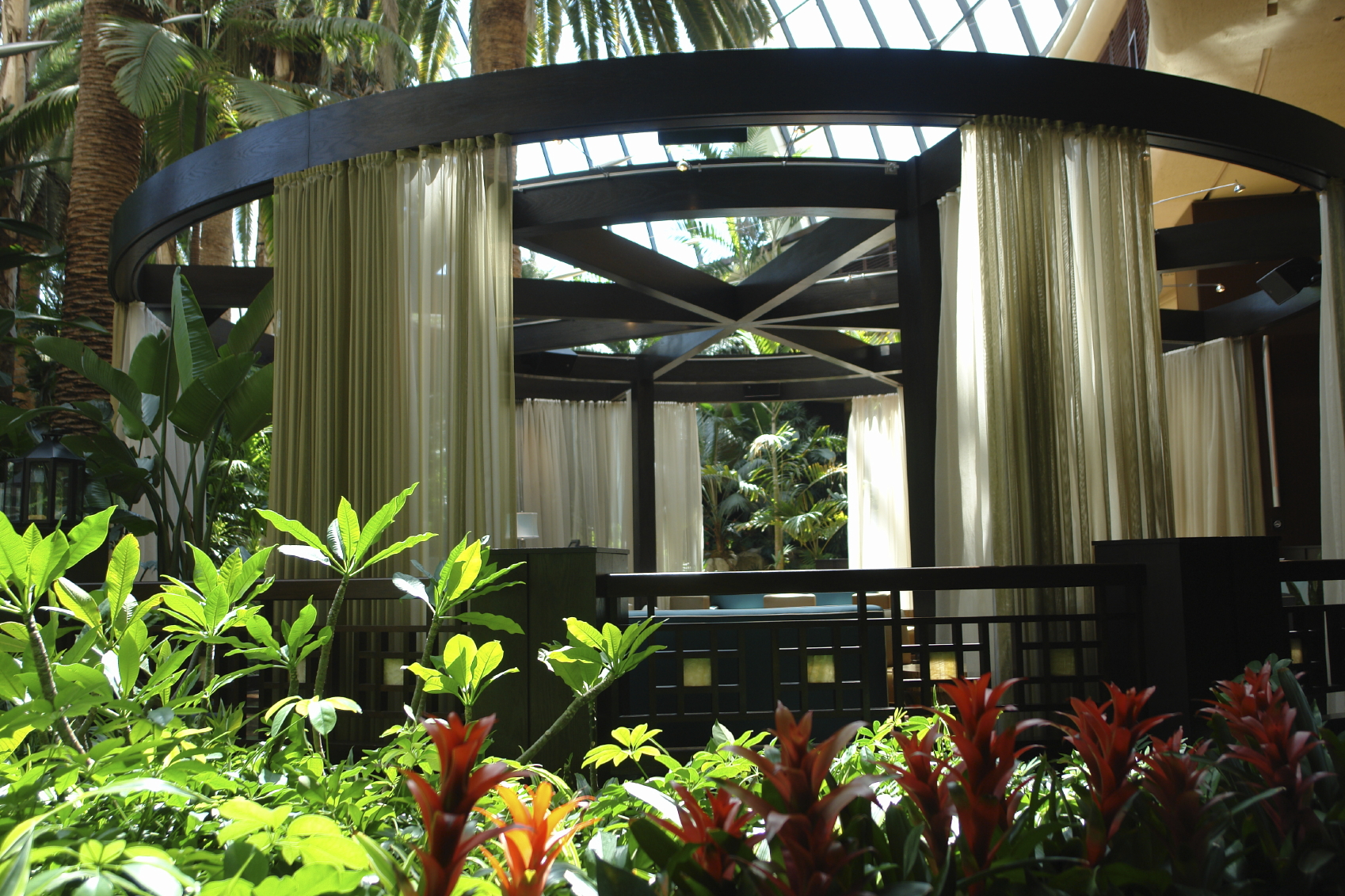



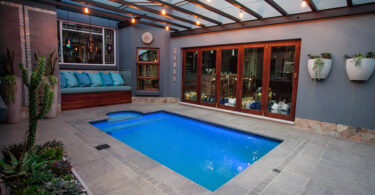

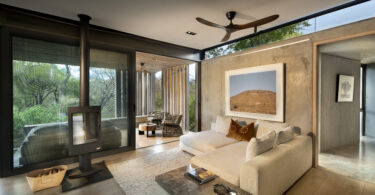
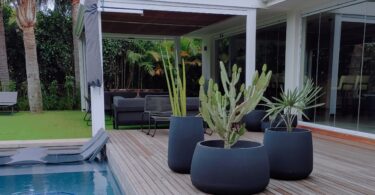
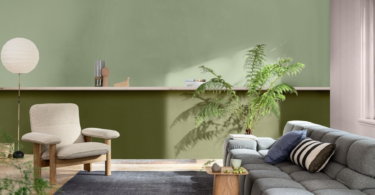
Leave a Comment